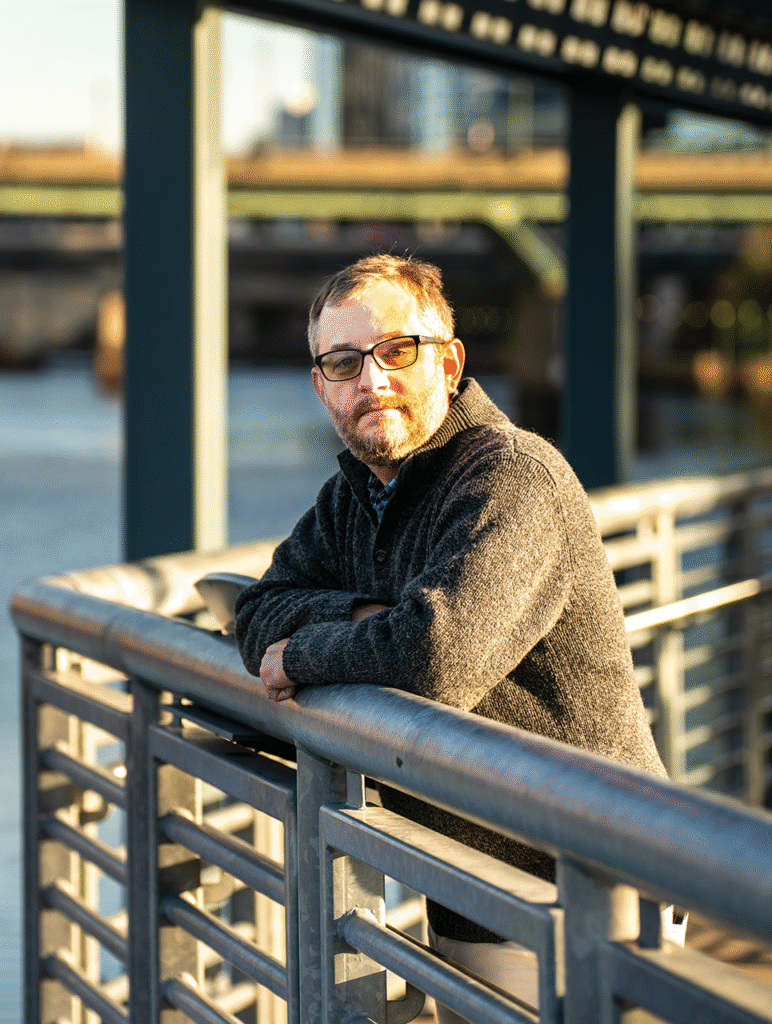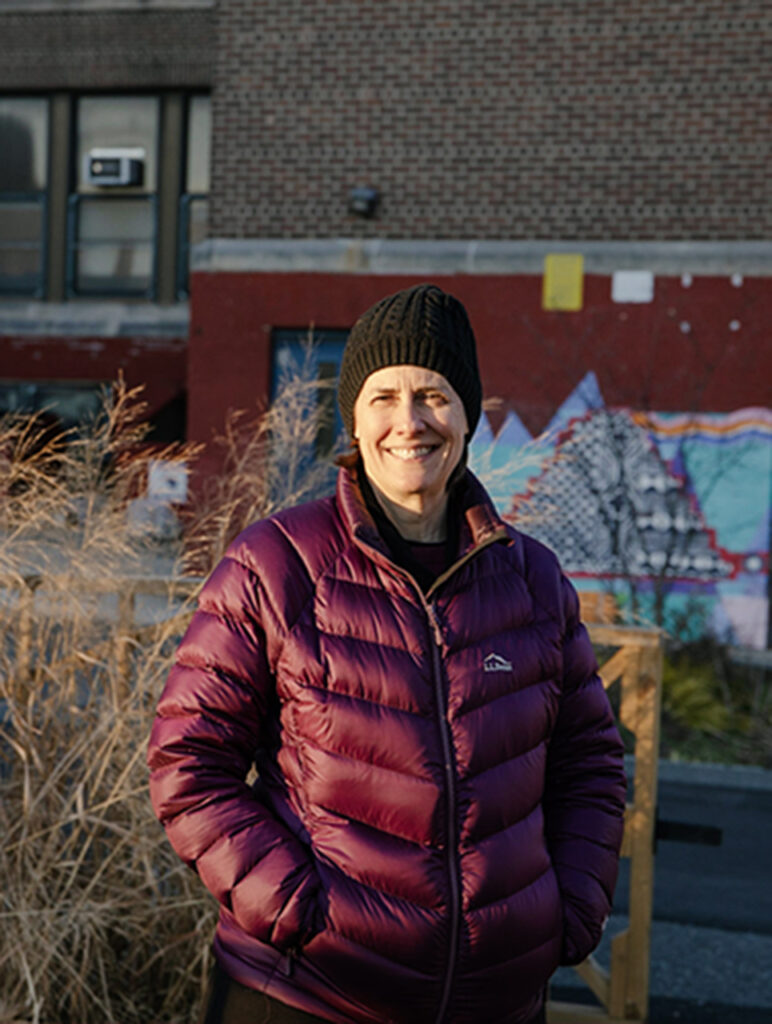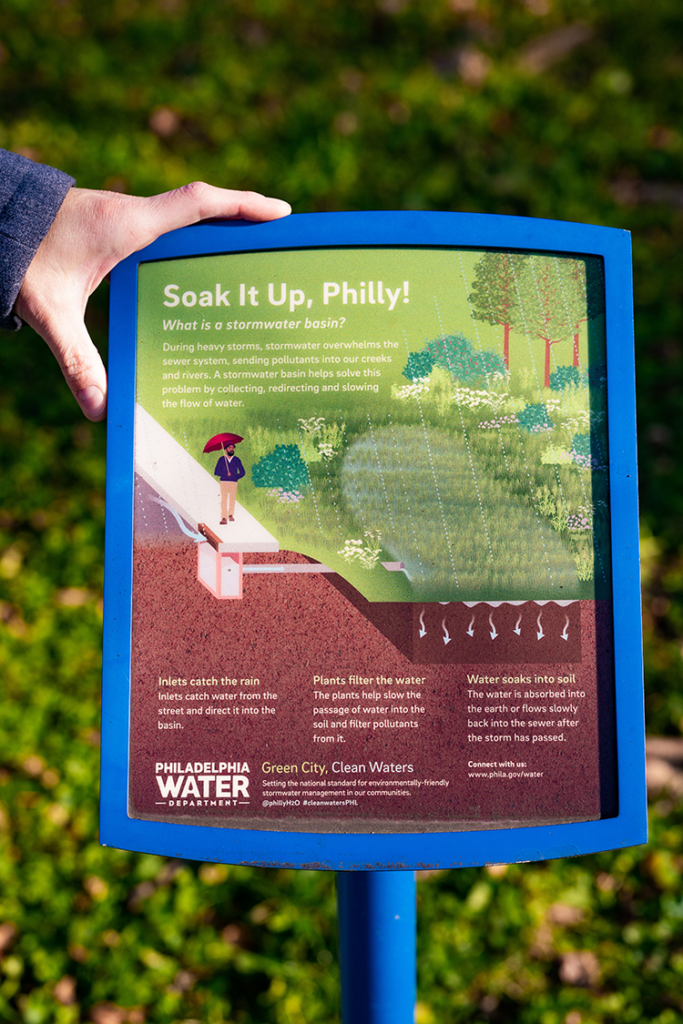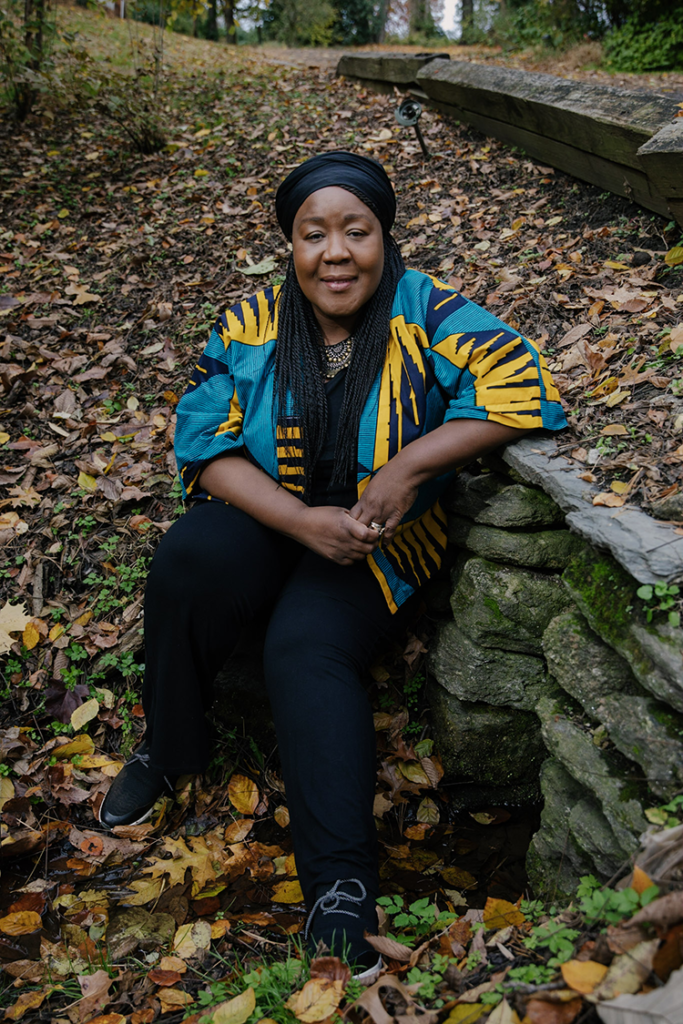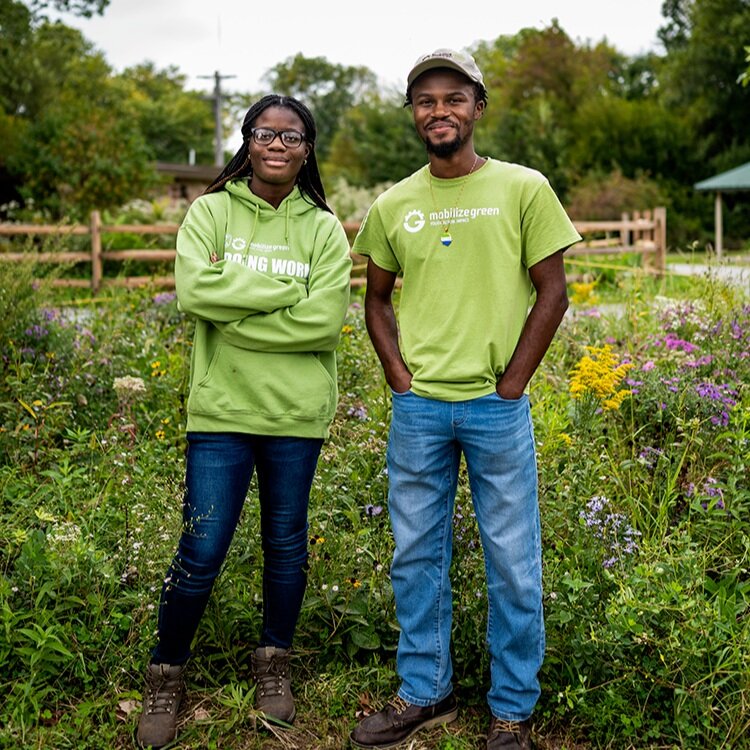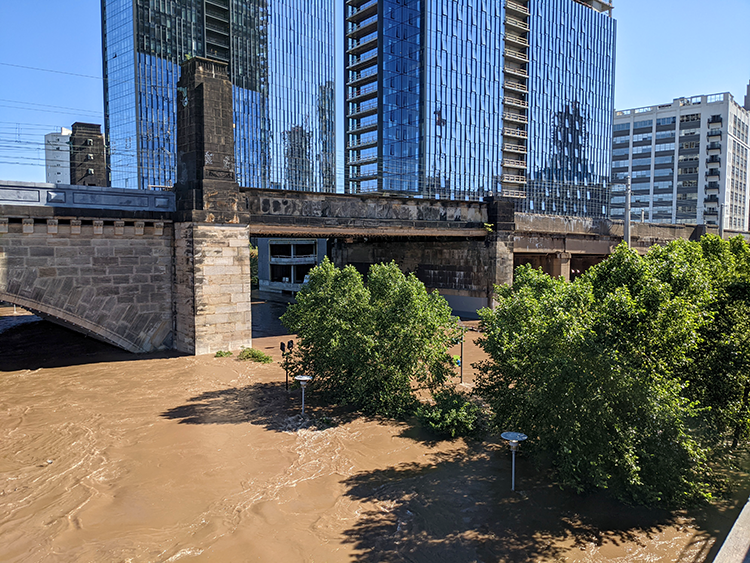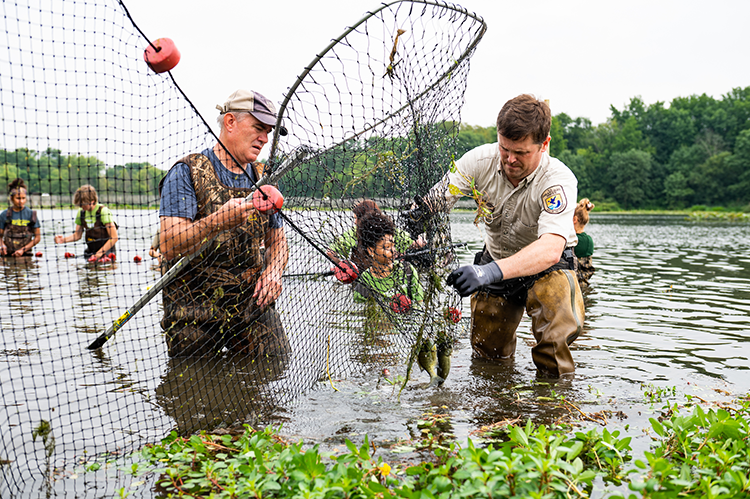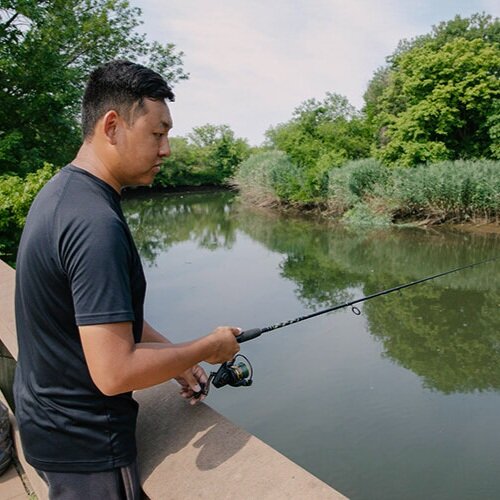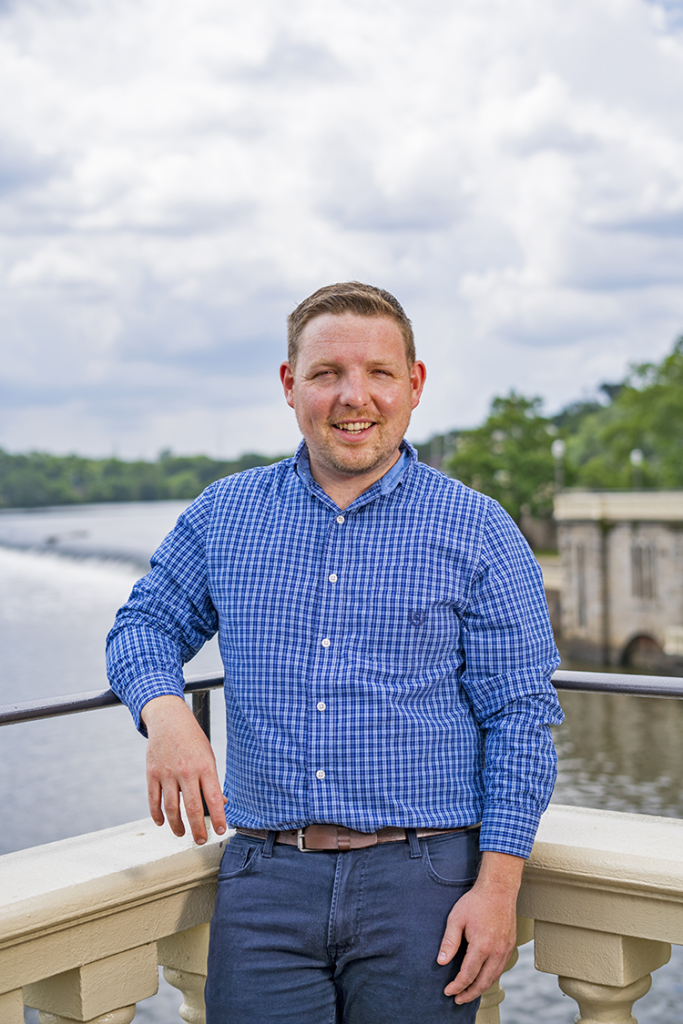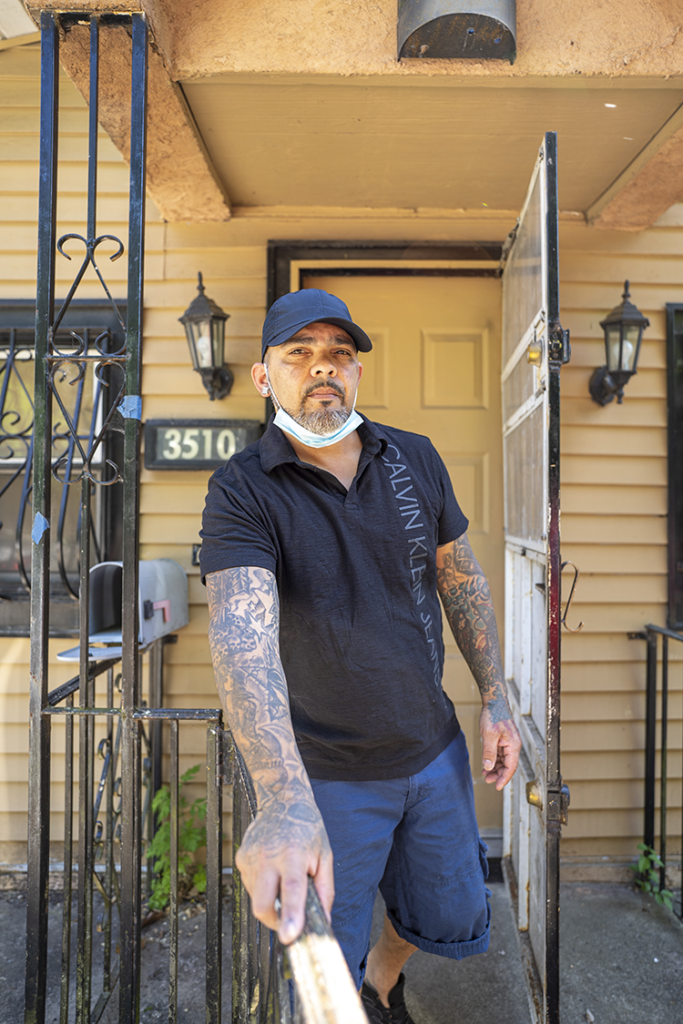In September 2024, Philadelphians saw their monthly water bills jump by about 12%, the second-largest rate hike that year of any large water system in the country. This year, rates went up by nearly another 10%, now pushing a typical monthly bill close to $100, according to the Philadelphia Water Department. But if these recent
MoreRecently I slid a few dozen times down the curvy slide at Henry C. Lea School, as demanded by my daughter Gilda, who slid on the adjacent straight slide. She is almost three years old and thus has a bottomless appetite for repetitive fun. Her older sister, Magnolia, is in the fourth grade at Lea.
MoreThis year, the Philadelphia Water Department (PWD) celebrated 10 years of Green City, Clean Waters (GCCW), a 25-year plan that seeks to improve water quality in our creeks and rivers by using rain gardens, tree plantings and other green stormwater infrastructure to soak up stormwater. Sixty percent of our city is served by an old
MoreTapeta Mayson, Philadelphia’s 2020-2021 poet laureate, knows that residents of Germantown can have mixed feelings about water. The area is susceptible to flooding during heavy rains and the loss and displacement that sometimes comes as a result. A native of Liberia who grew up in North Philly and Germantown, Mayson—in addition to being a poet—is
MoreOn a walk along Cobbs Creek in West Philadelphia I inspected some old ruins. On the opposite side of the creek I could see the tall earth bank interrupted by a stone block wall, covered in some parts by crumbling concrete. I walked to the water and found I was standing on a matching surface.
MoreProgram empowers BIPOC youth to explore conservation and wildlife biology as potential careers
Calvin Keeys didn’t see many people like him working in conservation. “Growing up I didn’t have a lot of Black naturalists to look up to,” Keeys says. When his father brought home information about MobilizeGreen, an internship program at the John Heinz National Wildlife Refuge at Tinicum that connects young BIPOC people with careers in
MoreWhen the remnants of Hurricane Ida arrived in the Philadelphia region last month, it brought with it the kinds of chaos we used to just hear about: flooding, property destruction, mudslides and at least one dude back flipping into the sewage pit formerly known as I-676 in Center City. “I definitely thought about the water
MoreThere’s a shallow lagoon surrounded by embankments at John Heinz National Wildlife Refuge at Tinicum that provides a good habitat for the northern snakehead and the common carp. Because the two invasive fish species are originally from other places in the world but have thrived in our waters to the detriment of native species, the
MoreI stood on the bank at the John Heinz National Wildlife Refuge at Tinicum in June and cast my green frog top lure out into an open patch of water amid the weeds knowing somewhere in there swam northern snakeheads. Twenty years ago, they probably didn’t. The northern snakehead, or Channa argus, hails from East
MoreSan Francisco has its earthquakes and Miami has its hurricanes, but the disaster Philadelphia most often confronts is flooding. Flooding is the most common natural disaster in the country, with Pennsylvania experiencing the most flood occurrences of any of the 50 states. And climate change all but promises that the near future will be wetter,
MoreIt was flooding in the Ablett Village public housing development in Camden’s Cramer Hill neighborhood. It had rained overnight from Saturday, April 24, into Sunday, April 25, and that brought water that pooled in driveways and on the sidewalks running between the area’s long, two-story brick apartment buildings. This is not at all unusual, according
More

